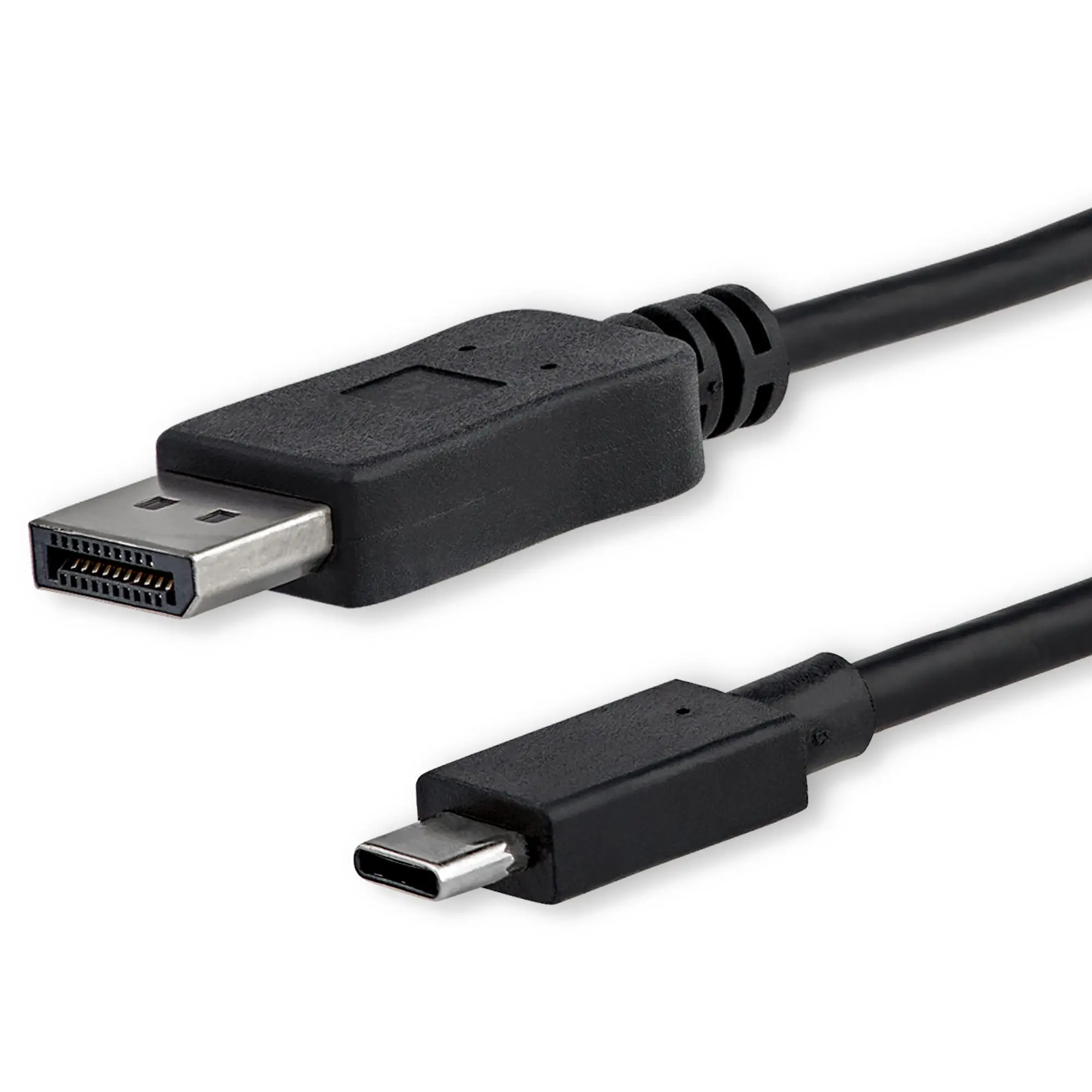How does a USB-C to DisplayPort to DVI adapter work?


USB-C to DisplayPort to DVI adapters are essential tools for connecting modern devices to older displays or projectors. These adapters allow users to bridge the gap between different connectivity technologies and ensure compatibility between devices. In this article, we will explore how USB-C to DisplayPort to DVI adapters work, the technology behind them, and their benefits.
Understanding USB-C
USB-C, also known as USB Type-C, is a versatile and powerful connectivity standard that has become increasingly popular in recent years. It is a small, reversible connector that can transmit both power and data. USB-C ports can be found on a wide range of devices, including laptops, smartphones, tablets, and monitors.
Introducing DisplayPort and DVI
DisplayPort and DVI (Digital Visual Interface) are two common video standards used to transmit digital video signals. DisplayPort is a digital display interface developed by the Video Electronics Standards Association (VESA). It supports high-resolution displays and can transmit both video and audio signals.
DVI, on the other hand, is an older video standard that was widely used before the advent of HDMI and DisplayPort. It comes in different variants, including DVI-D (digital only), DVI-A (analog only), and DVI-I (integrated analog and digital). DVI is still commonly found on older monitors and projectors.
How USB-C to DisplayPort to DVI Adapters Work
USB-C to DisplayPort to DVI adapters work by converting the USB-C signal into a DisplayPort signal, and then further converting it into a DVI signal. Let’s break down the process:
1. USB-C to DisplayPort Conversion: The adapter first converts the USB-C signal into a DisplayPort signal. This conversion is necessary because USB-C and DisplayPort use different signaling protocols. The adapter contains a built-in chip that performs this conversion.
2. DisplayPort to DVI Conversion: Once the USB-C signal has been converted to DisplayPort, the adapter then converts it into a DVI signal. This conversion is necessary to ensure compatibility with older displays or projectors that only have DVI inputs.
3. Signal Transmission: After the conversion process, the adapter transmits the converted DVI signal to the display or projector using a DVI cable. The display or projector then receives the signal and displays the video on the screen.
Benefits of USB-C to DisplayPort to DVI Adapters
USB-C to DisplayPort to DVI adapters offer several benefits:
1. Compatibility: These adapters allow users to connect modern devices with USB-C ports to older displays or projectors with DVI inputs. This ensures compatibility between devices that use different video standards.
2. Versatility: USB-C to DisplayPort to DVI adapters are versatile tools that can be used with a wide range of devices, including laptops, tablets, and smartphones. They provide a convenient solution for users who need to connect their devices to different types of displays.
3. High-Quality Video: These adapters support high-resolution video output, allowing users to enjoy crisp and clear visuals on their displays. They can transmit video signals up to 4K resolution, ensuring a high-quality viewing experience.
4. Plug-and-Play: USB-C to DisplayPort to DVI adapters are typically plug-and-play devices, meaning they require no additional software or drivers to function. Users can simply connect the adapter to their device and the display, and the video signal will be transmitted automatically.
5. Portability: These adapters are compact and lightweight, making them easy to carry around. They are ideal for users who frequently travel or need to connect their devices to different displays in various locations.
Conclusion
USB-C to DisplayPort to DVI adapters are essential tools for connecting modern devices to older displays or projectors. They work by converting the USB-C signal into a DisplayPort signal, and then further converting it into a DVI signal. These adapters offer compatibility, versatility, high-quality video output, plug-and-play functionality, and portability. With the help of USB-C to DisplayPort to DVI adapters, users can enjoy seamless connectivity and ensure compatibility between different devices and display technologies.
Recent Posts
How do I create an engaging and informative online quiz or assessment?
Creating an engaging and informative online quiz or assessment can be a powerful tool for… Read More
What are the most effective methods for managing and reducing work-related stress in the hospitality industry?
Work-related stress is a common issue in the hospitality industry, where employees often face long… Read More
How can I improve my assertiveness and communication skills in a leadership position?
In a leadership position, assertiveness and effective communication skills are crucial for success. Being able… Read More
What are the key elements of a successful employee recognition and rewards program?
Employee recognition and rewards programs play a crucial role in motivating and engaging employees, as… Read More
How do I effectively manage and respond to customer feedback and reviews?
Customer feedback and online reviews play a crucial role in shaping a company's reputation and… Read More
What are the best strategies for effective time management as a stay-at-home parent?
Effective time management is crucial for stay-at-home parents who juggle multiple responsibilities on a daily… Read More